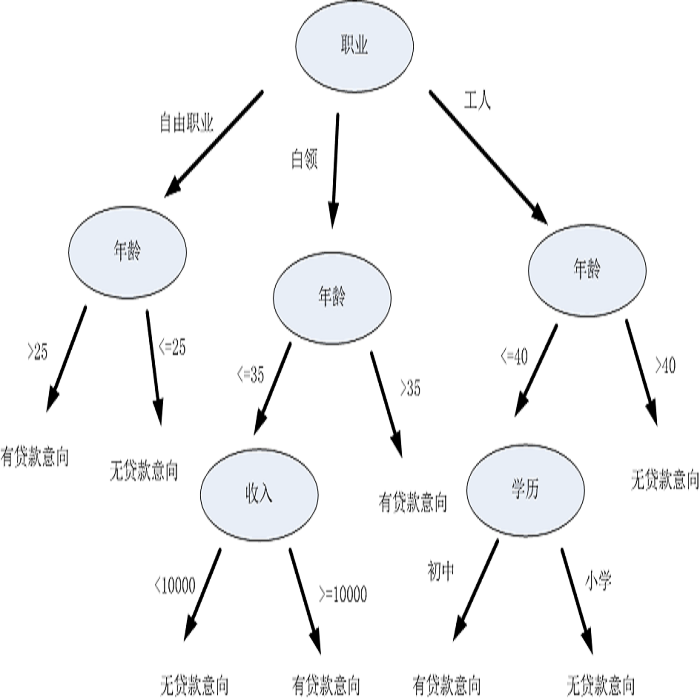Concerns regarding unfairness and discrimination in the context of artificial intelligence (AI) systems have recently received increased attention from both legal and computer science scholars. Yet, the degree of overlap between notions of algorithmic bias and fairness on the one hand, and legal notions of discrimination and equality on the other, is often unclear, leading to misunderstandings between computer science and law. What types of bias and unfairness does the law address when it prohibits discrimination? What role can fairness metrics play in establishing legal compliance? In this paper, we aim to illustrate to what extent European Union (EU) non-discrimination law coincides with notions of algorithmic fairness proposed in computer science literature and where they differ. The contributions of this paper are as follows. First, we analyse seminal examples of algorithmic unfairness through the lens of EU non-discrimination law, drawing parallels with EU case law. Second, we set out the normative underpinnings of fairness metrics and technical interventions and compare these to the legal reasoning of the Court of Justice of the EU. Specifically, we show how normative assumptions often remain implicit in both disciplinary approaches and explain the ensuing limitations of current AI practice and non-discrimination law. We conclude with implications for AI practitioners and regulators.
翻译:暂无翻译




